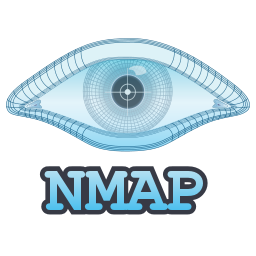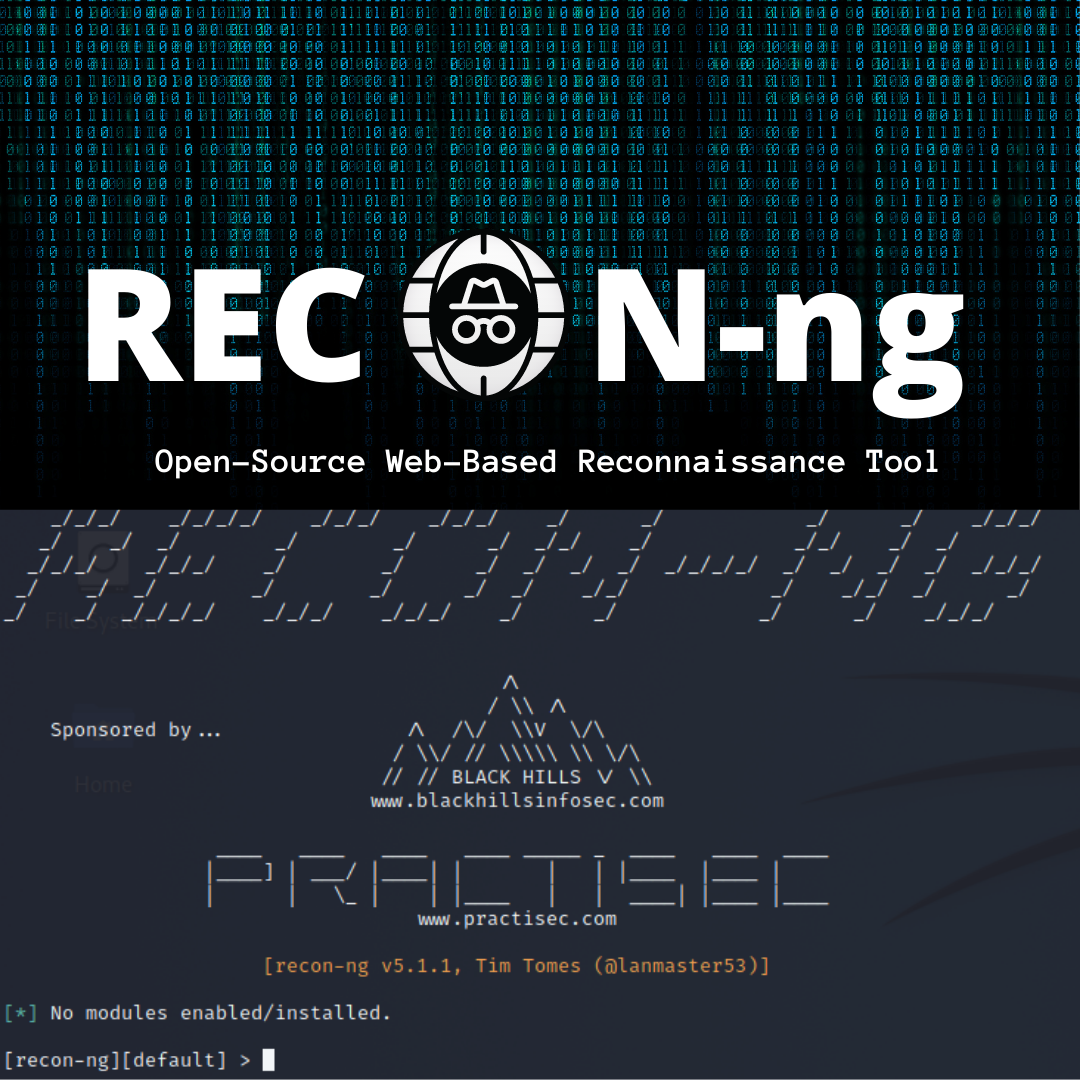Information Gathering
In the ever-evolving landscape of cybersecurity, ethical hacking plays a vital role in identifying and mitigating vulnerabilities before they are exploited by malicious actors. Among the key steps in the ethical hacking process, information gathering holds significant importance. In this blog, we will delve into the world of information gathering in ethical hacking, exploring its significance, techniques, and the tools used to collect valuable insights for fortifying your cybersecurity defenses.
Information gathering, also known as reconnaissance or footprinting, is the preliminary step in ethical hacking where hackers collect, analyze, and organize data about a target system or network. This phase is crucial as it provides a foundation for subsequent stages of the ethical hacking process, enabling hackers to identify potential vulnerabilities and plan their attack vectors effectively.
Importance of Information Gathering:
Effective information gathering empowers ethical hackers to understand the target system's architecture, infrastructure, and potential weak points. By gaining insight into a target's network topology, security measures, software versions, and employee information, ethical hackers can tailor their approach to uncover potential vulnerabilities.
Techniques for Information Gathering:
-
Passive Information Gathering: This technique involves gathering data from publicly available sources, such as websites, social media platforms, and search engines. Ethical hackers analyze information like company profiles, employee details, and technological resources to build a comprehensive picture of the target organization's digital footprint.

-
Active Information Gathering: This technique involves directly interacting with the target system or network to gather information. Techniques such as port scanning, network mapping, and OS fingerprinting are employed to identify open ports, discover network devices, and determine the operating systems and services running on the target network.

-
Social Engineering: Social engineering involves manipulating human psychology to extract sensitive information. Ethical hackers may engage in techniques like phishing emails, phone calls, or physical impersonation to deceive individuals into divulging valuable information.
Tools for Information Gathering:
-
Nmap: A powerful network scanning tool that aids in port scanning and network mapping, providing detailed information about open ports and services running on the target system.

-
Maltego: This tool specializes in collecting and analyzing open-source intelligence (OSINT) to map relationships and connections between various entities. It assists ethical hackers in understanding the target's digital presence.

-
TheHarvester: A tool specifically designed for email intelligence gathering, TheHarvester scours search engines, social media platforms, and public data sources to extract email addresses associated with the target organization.

-
Recon-ng: An open-source reconnaissance framework that automates data gathering from various online sources, including search engines, social media platforms, and DNS databases.

Conclusion:
Information gathering forms a crucial phase in ethical hacking, providing the necessary groundwork for successful penetration testing and vulnerability identification. By employing various techniques and utilizing specialized tools, ethical hackers can gain valuable insights into a target's infrastructure and potential weak points. Understanding the significance of information gathering empowers organizations and cybersecurity professionals to enhance their defenses, proactively identifying and addressing vulnerabilities before they are exploited by malicious actors.

Comments